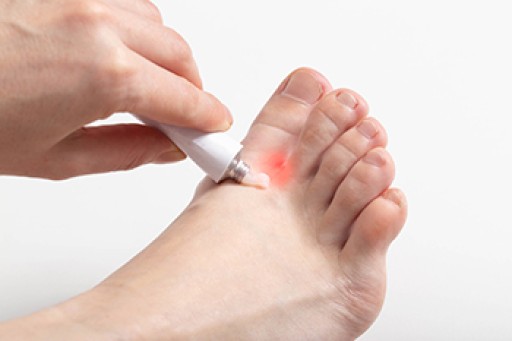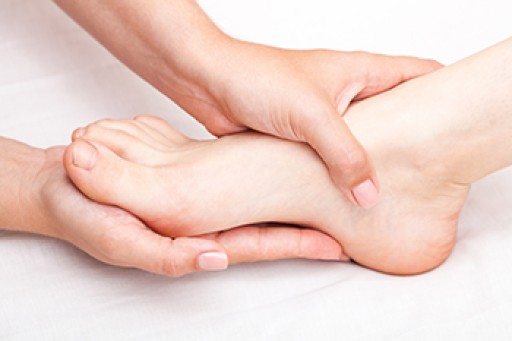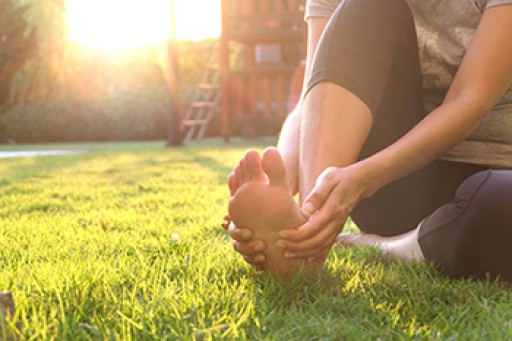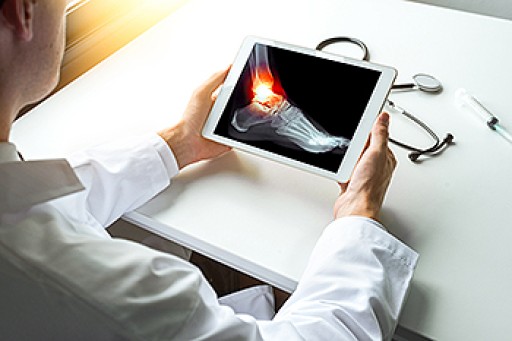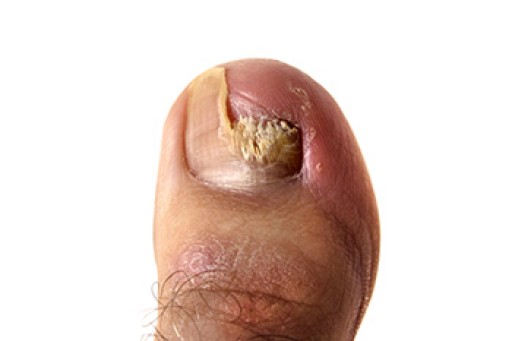
The top layer of the skin is affected when athlete’s foot develops. It can cause severe itching and redness, and the area may become dry and begin to flake. It is considered to be contagious, and the fungus that causes this ailment lives in warm and moist environments. These can include shower room floors, public swimming pools, and surrounding areas. An effective preventive method can consist of wearing appropriate shoes while in these types of places, such as flip-flops or water shoes. Patients who have athlete’s foot may also find they have cracked heels, and applying a good moisturizer may help them to find mild relief. In severe cases of athletes’ foot, small blisters may begin to form and ooze. This may also be managed by using moisturizer. Many patients who have developed athlete’s foot often seek the advice of a podiatrist, and it is suggested that you contact this type of doctor who can prescribe medication as an effective treatment method.
Athlete’s foot is an inconvenient condition that can be easily reduced with the proper treatment. If you have any concerns about your feet and ankles, contact Alex Kim, DPM from AVID Foot & Ankle Center. Our doctor will treat your foot and ankle needs.
Athlete’s Foot: The Sole Story
Athlete's foot, also known as tinea pedis, can be an extremely contagious foot infection. It is commonly contracted in public changing areas and bathrooms, dormitory style living quarters, around locker rooms and public swimming pools, or anywhere your feet often come into contact with other people.
Solutions to Combat Athlete’s Foot
- Hydrate your feet by using lotion
- Exfoliate
- Buff off nails
- Use of anti-fungal products
- Examine your feet and visit your doctor if any suspicious blisters or cuts develop
Athlete’s foot can cause many irritating symptoms such as dry and flaking skin, itching, and redness. Some more severe symptoms can include bleeding and cracked skin, intense itching and burning, and even pain when walking. In the worst cases, Athlete’s foot can cause blistering as well. Speak to your podiatrist for a better understanding of the different causes of Athlete’s foot, as well as help in determining which treatment options are best for you.
If you have any questions please feel free to contact our office located in Little Elm, TX . We offer the newest diagnostic and treatment technologies for all your foot and ankle needs.
